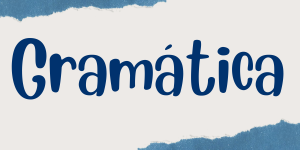Numbers 100 and higher
Number 100 and higher
In a previous section, you learned about numbers between 0-100. In this section, you will learn about numbers 100 and higher. The number cien (one hundred) is exactly the number 100, or with the thousands, and millions. When we are refering to more than just 100, we use ciento (no feminine form). Example; 104= ciento cuatro.
Note that most of the hundreds agree with gender
| 101- Ciento uno | 1000- mil |
| 200- doscientos/as | 2000- dos mil |
| 300- trescientos/as | 5.000- cinco mil |
| 400- cuatrocientos/as | 10.000- diez mil |
| 500- quinientos/as | 100.000- cien mil |
| 600- seiscientos/as | 200.000- doscientos/as mil |
| 700- setecientos/as | 1.000.000- un millón |
| 800- ochocientos/as | 2.000.000- dos millones |
| 900- novecientos/as | 9.000.000- nueve millones |
If we look at the chart above, you will see the number mil (one thousand). When we pronounce numbers between 1.000 and 1.999, we will say mil and whatever number is after. For example; 1.203 = mil doscientos tres. Notice that when referring to thousands, there is a period instead of a coma. That is a very important difference between Spanish speaking countries and the United States.
NOTA IMPORTANTE
Most hundreds agree in gender with the noun it’s counting.
For example:
- 425 perros -> cuatrocientos veinticinco perros Vs. 425 mesas ⇒ cuatrocientas veinticinco mesas
-
2. 525 perros -> dos mil quinientos veinticinco perros Vs. 2.525 mesas ⇒ dos mil quinientas veinticinco mesas
PRÁCTICA
Now that you have learned about numbers higher than 100, let’s practice.
Ejercicio 1
Ejercicio 2
Ejercicio 3

